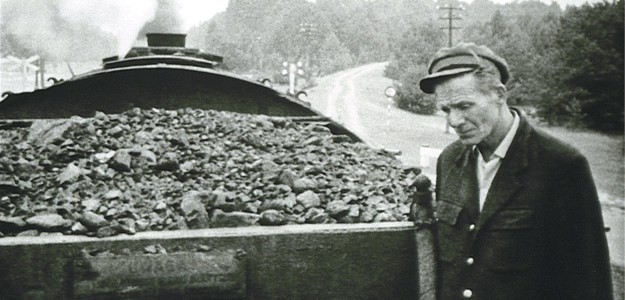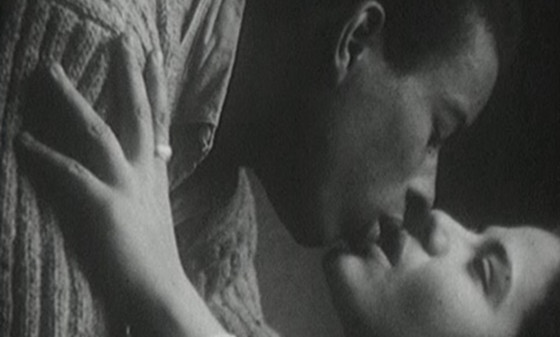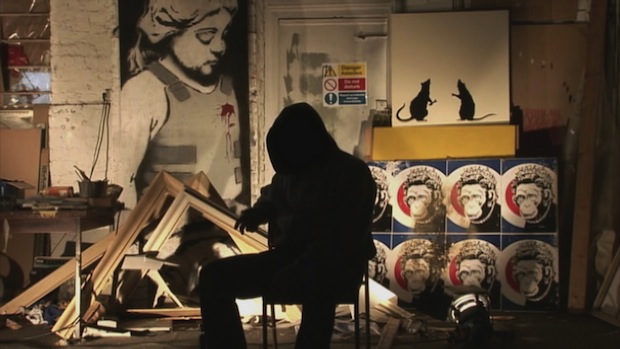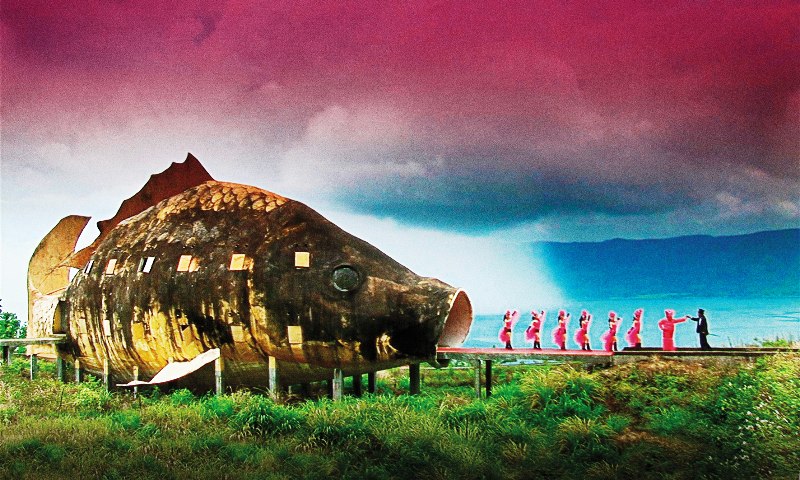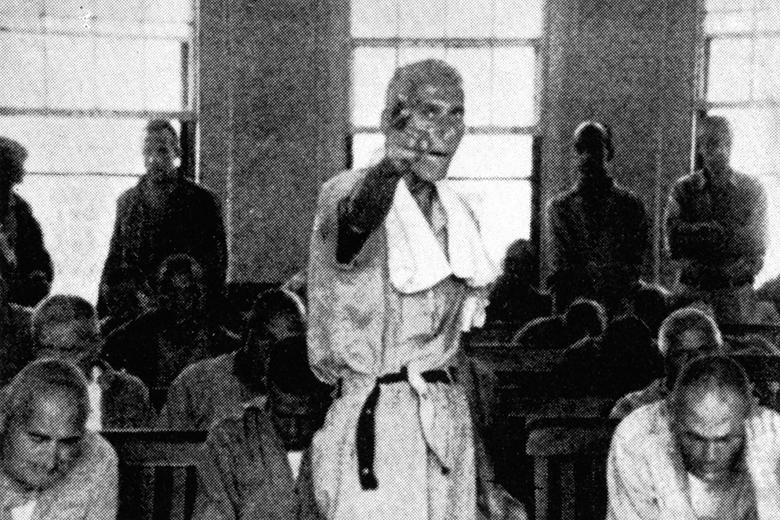To take a form like nonfiction cinema — as vast as it is experimental and as controversial as it is misunderstood — and whittle it down to 20 essential titles, seems almost an impossible task.
It’s best to view documentaries not only for how fascinating a subject they depict or how uniquely they execute a vision, but also for how they comment upon and evolve the notion that truth is an essential component of art. Which is not to say documentaries are ever “truly true” or “really real” but that their inherent expectation of reality can help us get at a greater understanding of certain truths. To paraphrase Orson Welles in F for Fake, “Art can never be real, but it can help us understand truth.”
The following list was assembled to illuminate films that use the expectation of truth to make viewers see reality in unexpected ways:
20. Workers Leaving the Lumière Factory in Lyon (Louis Lumiere, 1895)
At roughly 1 minute long, this is a film there is no excuse not to check out. To call an early Lumière Brothers experiment an essential documentary may at first seem like a Film School 101 gimmick, however, this particular picture calls to question much of what became the great dilemma of nonfiction: can truth ever be truly captured or is manipulation always at work? Though what this experiment also asks, if not answers, is whether a live action set piece is ever anything more than truth to begin with. As Godard famously stated, “Cinema is truth 24 times per second.” Louis Lumière gathers workers at the Lyon factory and asks them to leave in unison, thus giving the world maybe its very first establishing shot.
While not as well known in cinema lore as the Lumière’s L’Arrivée d’un train en gare de La Ciotat (Arrival of a Train at La Ciotat), there’s far more going on in this frame. First, there’s the placement of the camera, an angle from across the street, unobtrusively viewing workers going about their normal routine. Like a painting, this angle tells a story. Likely, the workday is done, so it’s early evening. These strangers are almost definitely eager to get home to families, loved ones, or dates. There’s something relatable about the moment, thus it’s no surprise that so many scenes throughout the following decades would set up a new location using the exact same technique.
Next, there’s the speed with which the characters move. Some saunter, others mosey, some move left, others move right. Noticeably none come towards the camera. No doubt, this last choice was deliberate. Lastly, there’s a bit of comedy when a horse drawn carriage surprises as the last one out. Does this scene suddenly go from reality to surrealism?
Like a character in a filmed sex scene is actually putting his or her body against another actor or a stunt horse in the thick of battle is actually falling to the ground, live action is always as real as it is false. Everything from performance art to composed re-enactments can be said to live in the long shadow of the paradox captured when Louis Lumière decided to stage a moment of reality well over 100 years ago.
19. Kiss (Andy Warhol, 1963)
Long before the recent viral video where strangers were filmed kissing for the first time, Andy Warhol captured the same thing. Mostly known as a print artist and for his lifestyle in downtown Manhattan, Warhol also managed to be a prolific filmmaker. Categorized mostly as experimental, his films provided an influential glimpse into what documentary film had the power to become.
Consistent with his theme of repetition, these films are long and often redundant. The idea was to have them play as a backdrop, projected on the wall. Yet watched in one viewing, excruciating as that may be, proves eye opening.
With Kiss, Warhol filmed dozens of his friends kissing for long periods. That’s it, the entire premise. In doing so, he puts one great power of cinema under the microscope: the ability to stare at a stranger without fear of being stared back at. The act of kissing is intimate and private, though not necessarily erotic. The result isn’t a film that so much feels dirty, or like it must be viewed alone, but one that is tender and appropriate.
Watching it for minutes can start to become unnatural, strange, uncomfortable, even as the initial strangeness wears off. All of this adds up to an experience that engages the viewer, lasting long enough to make you think about what (and who) you are watching.
18. Sherman’s March (Ross McElwee, 1985)
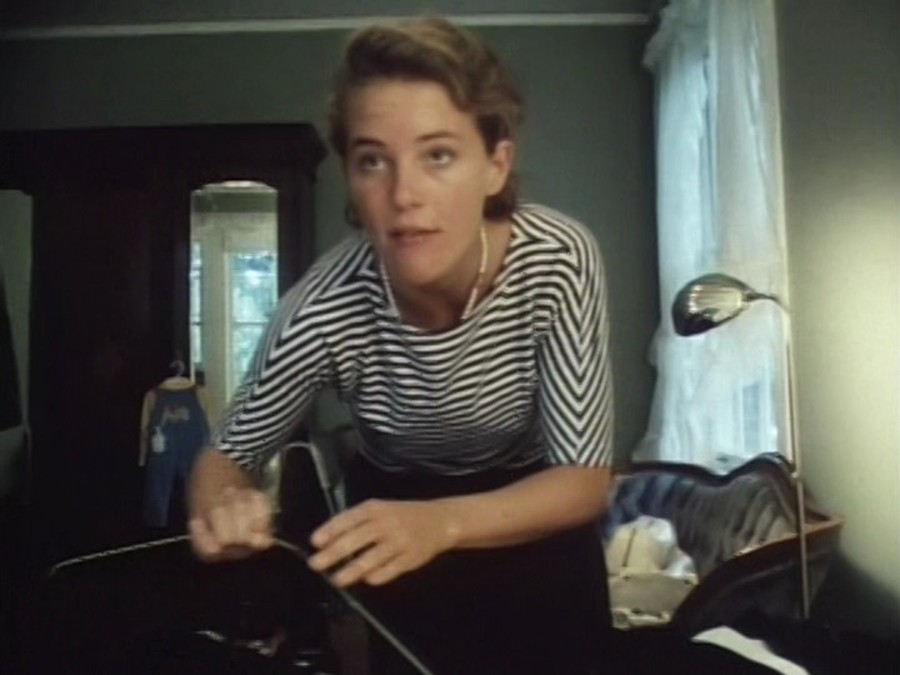
Nobody would blame you for wondering if Sherman’s March is one big ruse. It seems that the film too effortlessly abandons its initial intention only to go on an unexpected personal journey. At any rate, the basic conceit is brilliant not for its twist but for how relatable the filmmaker makes the subject matter. The story concerns Ross McElwee, a documentary director who sets out to make a film about the lasting effect of General Sherman’s infamous march on the contemporary South. Just days before filming, McElwee’s girlfriend leaves him.
The ensuing film becomes a contemplative journey of healing and self-discovery, almost completely abandoning the initial intent. This is an honest portrait of the sadness that follows unexpected loss. Anybody who has been through a break-up understands how difficult it can be to focus on life, much less work, especially a stuffy documentary about a historical subject. In this respect, Sherman’s March uses the documentary form to critique the kind of documentary you might see in history class.
Sprinkled all over Sherman’s March is sardonic comedy, as when McElwee films the charmingly clueless woman named Pat doing her “cellulite exercises,” first explaining that cellulite is the cottage cheese in your legs then proceeding to perform distinctly sexual squats in a dress with no underpants. In his characteristically dry tone, McElwee admits the sudden drop out of sound, “Here, for some reason, I turned off my tape recorder.” While this is obviously McElwee’s journey and his voice fills almost every scene, his presence is virtually absent from most of the film (save a particularly hysterical drunken first-person retelling of Sherman’s story). Instead focusing on the personalities he meets.
The camera acts as his point of view and the voice-over his stream of consciousness. One could argue that Sherman’s March, rather than Michael Moore’s Roger & Me, ushered in the documentary approach of “filmmaker as star.” Certainly, films like Super Size Me are indebted to Sherman’s March. Yet, McElwee’s film doesn’t possess any pretensions by coyly dictating where the film goes. It’s truly a filmed journey of self-discovery rather than self-promotion.
17. Exit Through the Gift Shop (Banksy, 2010)
Every title on this list challenges the line between real and fake, but none so giddily thumbs its nose at it as Exit Through the Gift Shop. So much does Exit comment upon the synergy between fake art and commerce that it even creates a real fake artist in the process. On the surface, it’s a film about street art, that rebellious non-profit (at least originally) form of art where statements and personas are applied throughout major cities from a place of total anonymity. However, the world is changing. Now not only are street artists well known, some are even creating clothing lines and designing ad campaigns for presidential candidates.
This documentary is actually comprised of two films. The first is culled from footage shot by an eccentric art enthusiast named Thierry Guetta, who filmed various street artists around the world, under the auspices that he was making a documentary. Then he meets Banksy, the most famous and most staunchly hidden of all global street artists, who watches the first cut and essentially swipes the footage only to follow Thierry himself as he rises into a famous street artist named Mr. Brainwash. Thierry’s real.
The subjects are real. Mr. Brainwash’s exhibit and commercial viability is real. Yet, it all seems too good to be true, like this whole thing could have been concocted to expose flaws in the entire institution of art. Banksy has always had a way of laughing at, while simultaneously commented upon, the hypocrisy of culture. Exit Through the Gift Shop is probably all one big stunt, but that would be exactly the point, wouldn’t it?
16. The Act of Killing (Joshua Oppenheimer, 2013)
Joshua Oppenheimer’s The Act of Killing looks, on paper, like a risky stunt documentary. The basic premise is to meet with the actual people who conducted the Indonesian anti-communist killings of 1965–1966, which left more than 500,000 dead, and have them re-enact their murders for a staged film production. Except Oppenheimer, approaching the material as honestly as possible, does not intend to manipulate a sensitive topic to make a specific point.
The surprising outcome is equal parts horrifying and cathartic. The style, mixing elements of staged reality with documentary and history, pushes the form further than anything that has come before it, by focusing on experience over fact.
Mostly following a revered gangster named Anwar, The Act of Killing lets murderers tell their stories. They are giddy about their destruction because they believe that they were on the right side of justice. It’s not far from the conundrum faced by any nation going to war. If you believe you are right, then the death you create is something to be proud of.
By the end, however, Anwar has a mini revelation when he views one of his staged killings and cries that at that point he can “feel the pain of his victim.” Except, Oppenheimer cuts in, this was a performance, it was fake, he wasn’t in real pain. Most saddening is the realization that humans only value life so far as they think they are supposed to. If those you kill aren’t equals in your mind then they are no different than a squashed bug.
15. Titicut Follies (Frederick Wiseman, 1967)
Unlike many of Frederick Wiseman’s social institution documentaries, Titicut Follies assumes a great moral conundrum. Set in Massachusetts, at the Bridgewater State Hospital for the criminally insane, residents are neither here by their own choice, nor do doctors have much incentive to get them back out into the “normal” world. They are stuck in a controlled cycle.
Wiseman films the doctor’s approach, which is to medicalize inhabitants, in turn making normal behaviors into “conditions.” The workers, at one point dangling a cigarette in the direction of an intravenous tube force-feeding a man, look lazy, inhumane, and arrogant. The result may be enough for Nurse Ratched to take some notes.
Not surprisingly, Titicut Follies endured legal battles for two decades. Massachusetts said the film infringed on the “privacy and integrity” of patients. Until 1991, only professionals – lawyers, doctors, and social workers – were allowed at screenings. It’s a shame because for all it’s pointed social criticisms, Titicut Follies also promotes the humanity of otherwise forgotten people.
The title comes from a singing group formed amongst residents. Their songs may be the only things they have to look forward to. Put to film these performances play like sad portraits of humans who the world no longer need.
